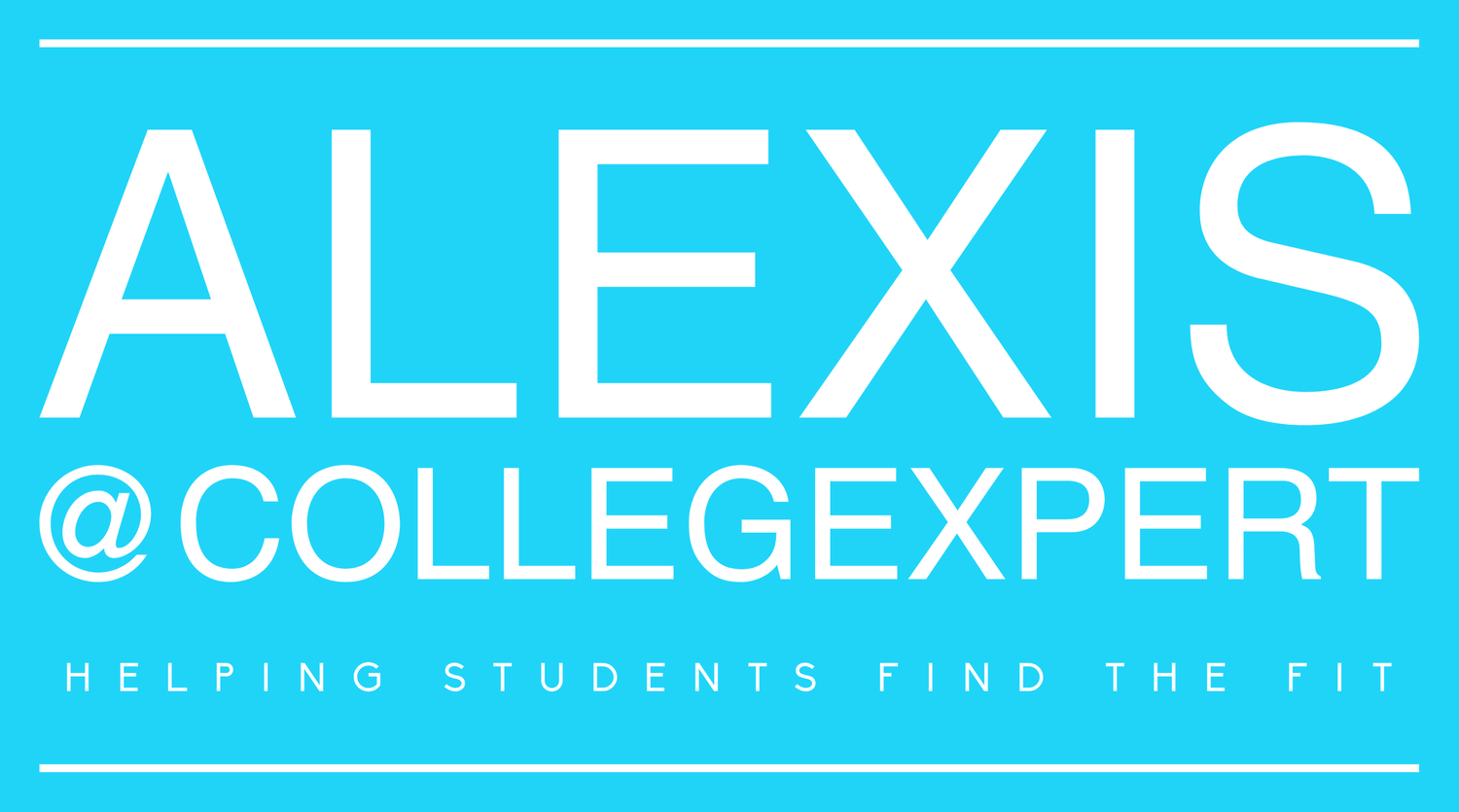Does Early Action Increase Chances Of College Acceptance?
Are you a high school student anxiously navigating the maze of college applications, hoping to unlock the door to your dream school? You may be wondering if applying early action will give you a leg up in the competitive admissions process. Does it truly increase your chances of acceptance?
The answer is not as straightforward as you might think. Join us as we unravel the complexities of early action and explore whether it truly holds the key to your college aspirations.
Early Action Vs. Regular Decision Acceptance Rates
When comparing early action and regular decision acceptance rates, it's important to consider the advantages and differences between the two application options.
Early action applicants have the opportunity to apply to colleges earlier in the admissions process and receive an early decision. While early action doesn't significantly increase admission odds, it does offer higher acceptance rates compared to regular decision. This means that applying early action may give applicants a slight advantage in terms of admission.
On the other hand, regular decision applicants have a wider window of time to submit their applications and may have more time to improve their profiles or test scores.
It is worth noting that early action admission rates are somewhat higher than both early action and regular decision. Early action demonstrates serious interest in attending a particular college and can help protect the college's yield rate. Additionally, early action applicants tend to have stronger profiles compared to the regular decision pool.
Advantages of Applying Early Action
Applying early action offers several advantages in the college admissions process. First and foremost, it demonstrates a strong interest in the college. By submitting your application early, you're signaling to the admissions committee that you're serious about attending their institution. This can increase your chances of acceptance, as colleges often track acceptance rates and favor applicants who show commitment.
Additionally, applying early action can reduce application stress and allow for early planning. By receiving an early decision, you can alleviate the anxiety of waiting for acceptance letters. This allows you to start making important decisions, such as housing and financial aid, well in advance. It also gives you more time to explore other options if you aren't accepted.
Moreover, early action provides a competitive edge and advantage in the admissions process. Colleges often have limited spots available, and applying early can give you a leg up on the competition. It shows that you're proactive and organized, qualities that colleges value in their applicants.
Drawbacks of Applying Early action
One potential drawback of early action is the limited ability to compare financial aid packages. When you apply early action, you're committing to attending that particular college if accepted. This means that you won't have the opportunity to compare financial aid offers from other institutions before making your final decision. This can be a significant disadvantage, as financial aid packages can vary greatly between schools and can heavily impact your ability to afford your education.
Another drawback of applying early action is that you can only apply to one school early action. While this can demonstrate your strong interest in the institution, it also limits your options. If you aren't accepted to your early decision school, you'll need to be prepared with regular decision applications to other schools. This can be stressful and time-consuming, especially if you have limited time to write regular decision essays if your early decision application is rejected.
Lastly, it's important to note that early action may not ultimately save you a lot of work. While it may seem appealing to have an early action in hand, you still need to complete regular decision applications as a backup plan. This means that you'll need to put in the same amount of effort and time for both early decision and regular decision applications.
Do Early action Applicants Have an Edge?
Early action applicants often have a higher acceptance rate and can significantly increase their chances of acceptance by 1.6x or 60%. This gives them an edge in the college admissions process.
Here are three reasons why early action applicants have an advantage:
Higher acceptance rates: Early action admission rates are generally higher than those of early action and regular decision. Colleges often fill a significant portion of their incoming class through early action, so they're more likely to accept students who've demonstrated a strong commitment to attending their institution.
Demonstrates serious interest: Applying early action shows colleges that you're serious about attending their school. This can help you stand out from the regular decision pool and demonstrate your enthusiasm for their institution.
Protects the yield rate: Colleges rely on the yield rate, which is the percentage of admitted students who choose to enroll, to maintain a stable incoming class. By applying early decision, you're committing to attend the college if admitted. This helps colleges protect their yield rate and ensures they've a strong incoming class.
While early decision can provide an advantage, it's important to carefully consider the drawbacks, such as limited financial aid comparisons and being prepared with regular decision applications. It's also worth noting that not all schools favor early decision or early action applicants, and the degree of advantage varies from school to school.
Does Early Action Provide an Admissions Benefit?
Early action programs can provide applicants with a competitive advantage in the college admissions process. While early action doesn't significantly increase admission odds, it does offer the benefit of receiving an early decision. This can be advantageous as it allows applicants to receive an admission decision sooner, giving them more time to plan and consider their options. Additionally, early action demonstrates interest and commitment to the college, which can be viewed favorably by admissions committees.
Although early action acceptance rates may not be significantly higher than regular decision rates, they still provide some admissions advantage. By applying early action, applicants show their eagerness to attend the college, which can make a positive impression on admissions officers. It also allows them to stand out among the applicant pool and potentially increase their chances of acceptance.
Furthermore, some colleges offer a single-choice or restrictive early action option. This type of early action allows applicants to apply to other colleges under regular decision while still demonstrating their interest to the college. This can provide even more benefits in terms of admissions opportunities.
Factors to Consider When Deciding Between Early Action and Early Decision
When deciding between early action and early decision, it's important to carefully consider various factors such as financial aid, ability to compare offers, and individual college policies. Here are three key factors to keep in mind:
Financial Aid: One important consideration is the impact of financial aid. Early decision is binding, meaning that if you're accepted, you're obligated to attend that college. This can limit your ability to compare financial aid offers from different schools. On the other hand, early action allows you to receive an early decision while still keeping your options open and considering financial aid packages from multiple colleges.
Ability to Compare Offers: Early decision requires you to commit to one school, which may limit your ability to compare offers and explore different options. Early action, on the other hand, allows you to apply to multiple schools and receive early decisions, giving you more flexibility to compare offers and make an informed decision.
Individual College Policies: It's important to research and understand the specific policies of each college you're considering. Some colleges may have different acceptance rates for early action and early decision applicants. By knowing these rates, you can better gauge your chances of acceptance and make a strategic decision.
Considering these factors will help you make a well-informed decision and increase your chances of finding the best fit for your college education.
Do All Colleges Favor Early Applicants?
The reality is that not all colleges favor early applicants. While early decision applicants often have higher acceptance rates compared to regular decision applicants, indicating a preference for early decision, there are colleges that don't show a significant difference in acceptance rates between early action and regular decision. For example, MIT's early action acceptance rate is similar to its regular decision rate, suggesting that they don't favor early applicants.
It is important to note that early action programs can still provide an admissions advantage and allow for more flexibility in attending other schools. Additionally, some colleges offer single-choice or restrictive early action, which can offer additional benefits to applicants.
Early decision, on the other hand, allows colleges to accurately predict their yield, giving an advantage to applicants who demonstrate a strong commitment to attending the college. However, it doesn't guarantee acceptance for all early decision applicants.
Understanding Your Chances of Acceptance With Early Action or Early Decision
To understand your chances of acceptance with early action or early decision, it's crucial to consider the individual colleges' early admissions policies and acceptance rates. Here are three key points to help you comprehend your likelihood of acceptance:
Early decision applicants often have higher acceptance rates and demonstrate a strong commitment to attending the college. By applying early decision, you show your dedication to the school and increase your chances of acceptance by 1.6 times or 60%.
Early action programs still provide some admissions advantage and allow for more flexibility in attending other schools. While the acceptance rates may not be as high as early decision, early action offers the advantage of receiving an early decision without the binding commitment.
Understanding individual colleges' early admissions policies and acceptance rates is crucial in making an informed decision. Each college has different policies and acceptance rates for early action and early decision. Researching and understanding these factors will help you evaluate your chances of acceptance and make the best decision for your college application strategy.
Making the Decision: Early Action vs Early Decision
Choosing between early action and early decision can be a pivotal decision in your college application process. It's important to consider the advantages and disadvantages of each option.
Applying early decision can increase your chances of acceptance by 1.6x or 60%. Early decision applicants tend to have stronger profiles compared to the regular decision pool. Additionally, early decision demonstrates serious interest and helps protect the yield rate for colleges. However, it's crucial to note that early decision applications are binding, meaning that if you're accepted, you're obligated to attend that college.
On the other hand, early action programs still provide some admissions advantage and allow for more flexibility in attending other schools. While early action acceptance rates can be higher than regular decision rates, they aren't as high as early decision rates. It's also worth considering financial aid when developing your college list, as this shouldn't be solely considered after admission.
Ultimately, the decision of whether to apply early action or early decision should be based on your individual circumstances and preferences.
Early Action And College Acceptance
While applying early action may not significantly increase your chances of college acceptance, it does offer the advantage of receiving an early decision.
However, early decision admission rates tend to be slightly higher and demonstrate serious interest in the college.
It's important to consider the drawbacks of applying early decision, such as the possibility of being deferred or outright rejected.
Ultimately, the decision to apply early action or early decision should be based on your individual circumstances and preferences.
Are you trying to get into your dream college but feeling a bit lost? Don't worry, I’m here to help you make it happen! Let's work together to make your college dreams come true!
Enroll in my exclusive College Bound Online Course and unlock the insider secrets to make your dream college a reality.
Sign up now and pave your path to success! 🚀







